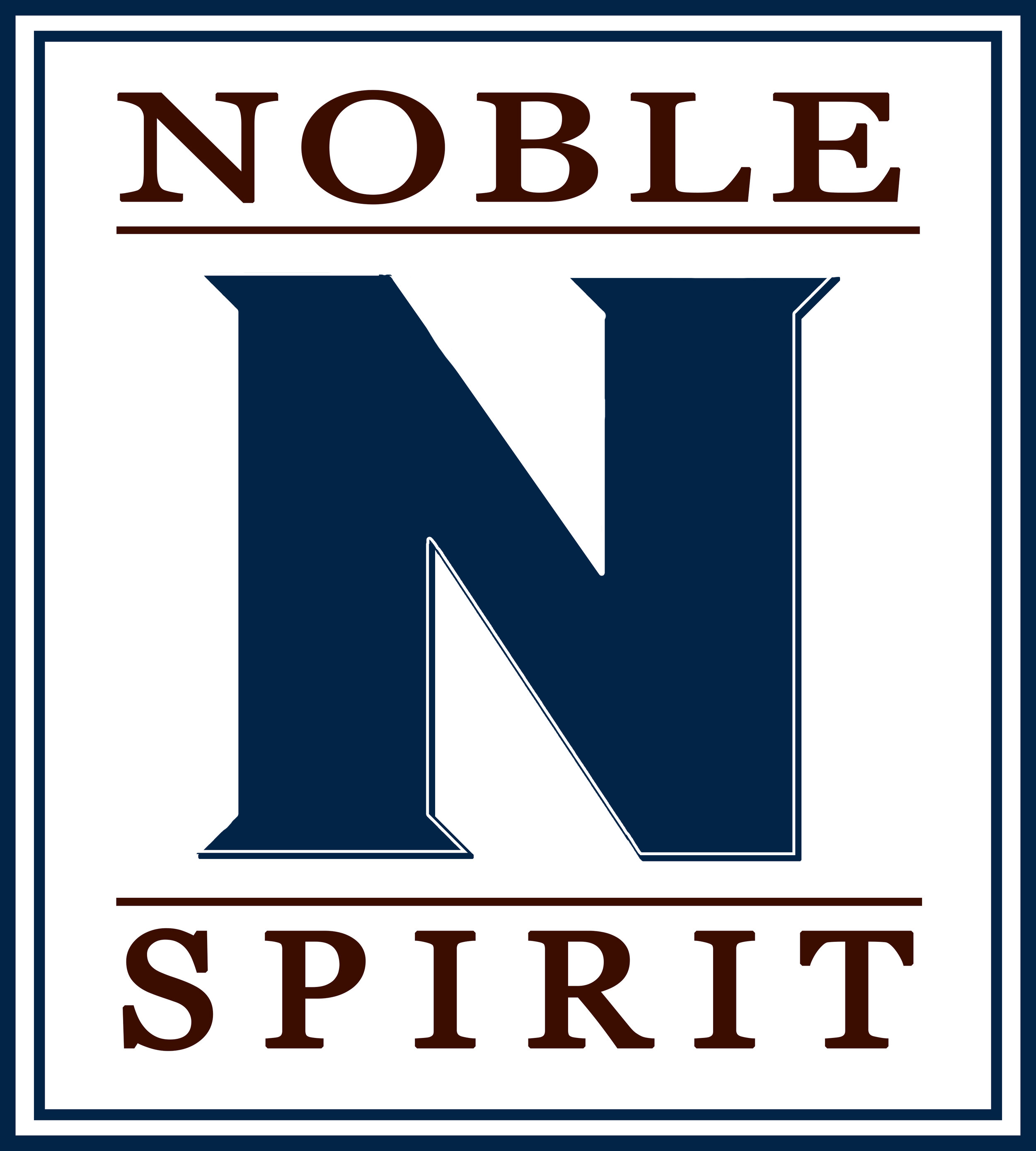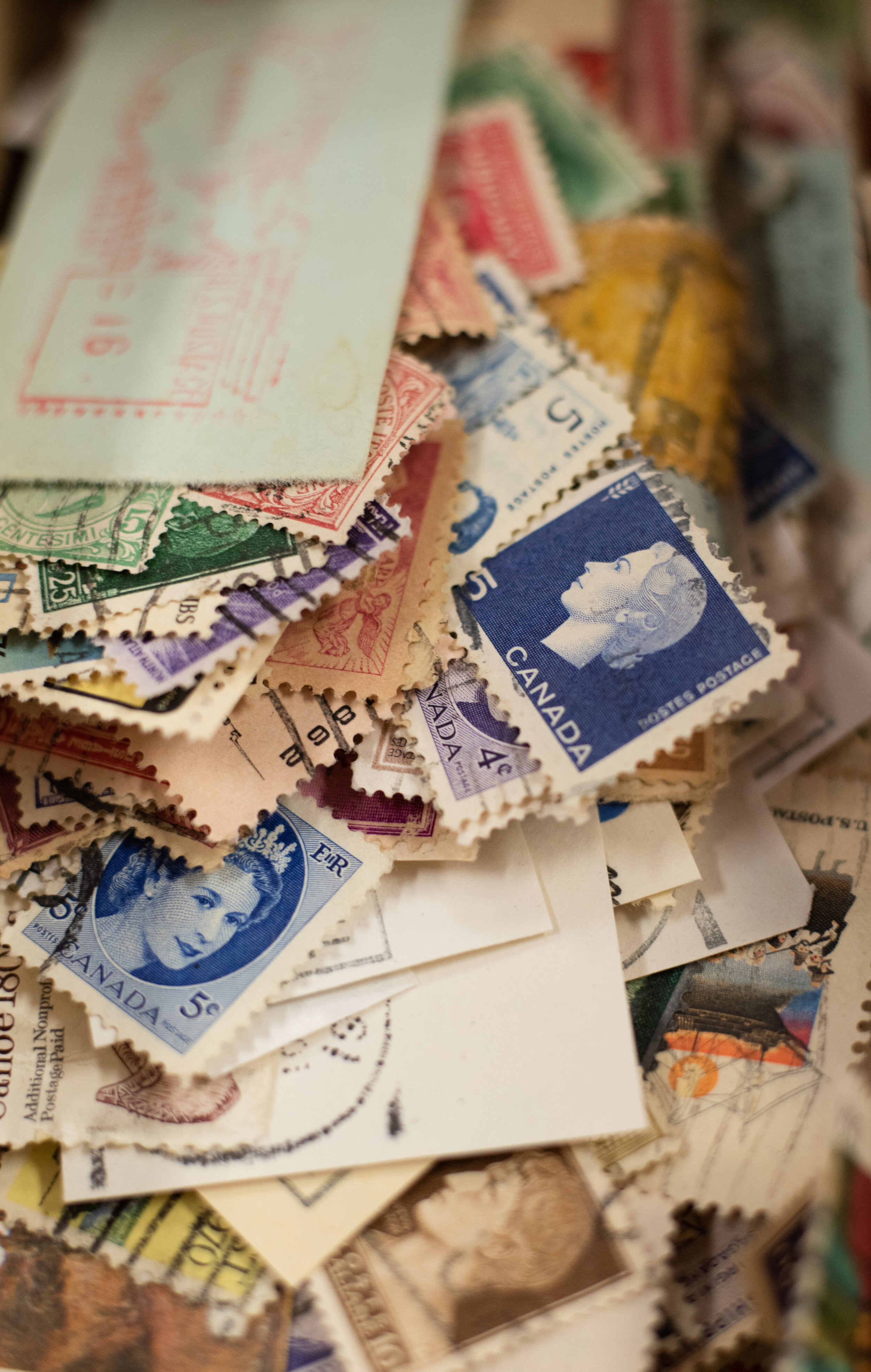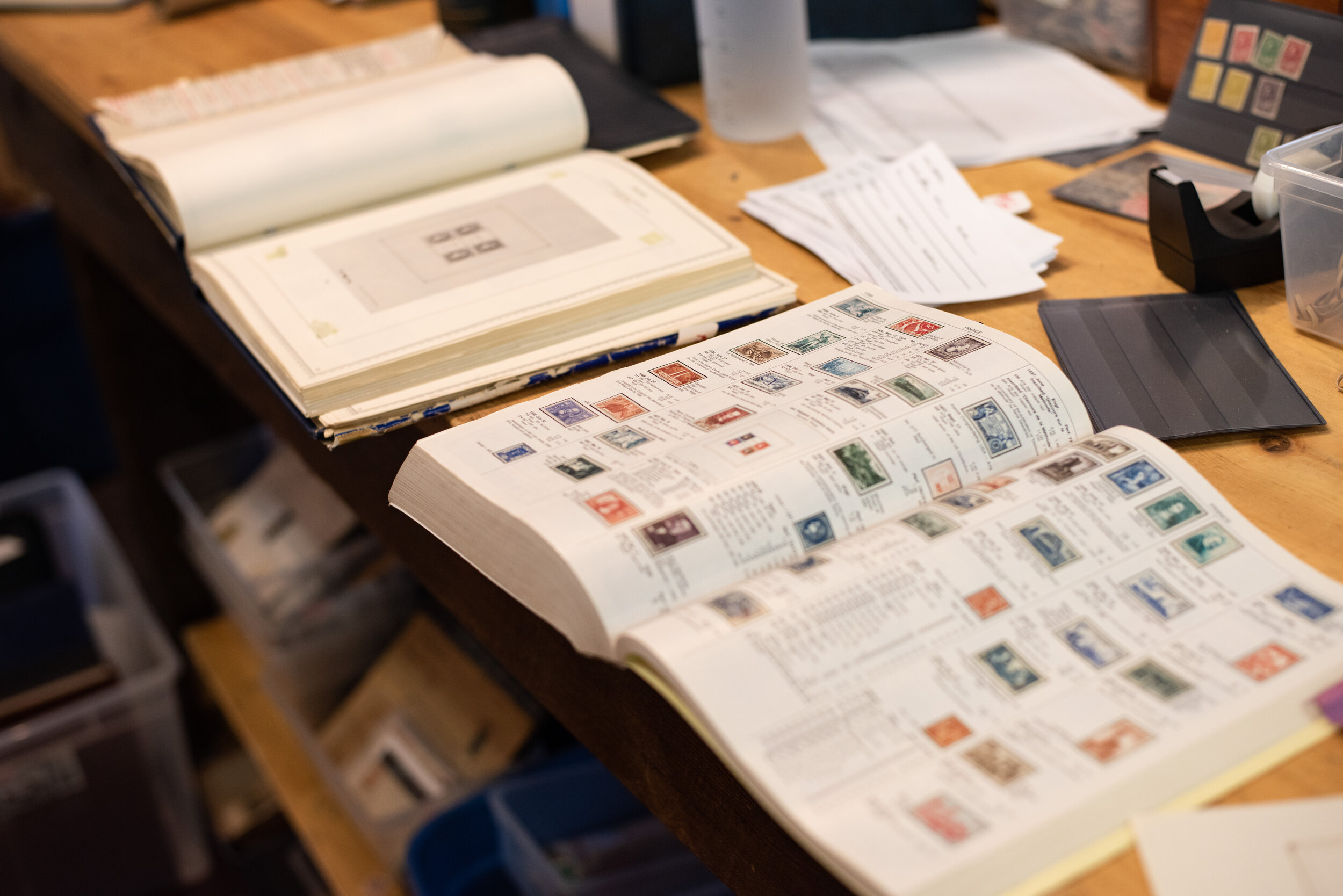How To Sell a Stamp Collection
Stamp collecting is one of those hobbies that can creep up on you over the years. One minute you’ve just begun, and before you know it, you have piles of stamp albums sitting in the attic that you haven’t looked at in years. Whether you’re a stamp collector who wants to cash in on your hobby, or you have recently inherited a collection, there are numerous avenues through which you can sell a large stamp collection. But if you’re not heavily engulfed in the world of stamp trading, it might be difficult to iron out which option is the best one for you.
While it might be alluring to try and sell your collection yourself through means such as eBay or Etsy, we only recommend doing so if you are a truly experienced philatelist and stamp dealer. Determining the true value and condition of stamps requires an expert eye and years of experience in the field, without which you will likely be at a loss when it comes to describing and pricing your items correctly.
With that in mind, the three easiest ways to sell a stamp collection are: to a private dealer, through an auction house, or consignment. Before we take a closer look at the pros and cons of each option, we’ll walk you through some key tips to help you prepare your collection for a quick and painless sale.
Preparing Your Collection for Sale
The amount of work required to prepare your collection for sale can vary greatly depending on the size of it, and whether or not you have kept it organized over the years. Nevertheless, there are few key steps you can take to ensure for a quick and easy selling process.
Size up The Collection
If you’re a stamp collector, you likely already know what’s in your collection, the size of it, and how it’s organized. However, if you have inherited a stamp collection, you may need to spend a little time determining the true size of the collection. If you’re not an experienced stamp collector, we recommend that you actually don’t try to organize the collection yourself, as you may end up damaging rare or valuable stamps accidentally, which is easy to do.
However, you should definitely take stock of the size of the collection, and what it’s composed of. How many albums, stock books, or binders are there? Have a peek inside the albums to determine what kind of stamps there are, such as countries or topicals (animals, sports, space, etc.). Are there boxes of loose stamps? Being able to answer all of these questions will allow you to better describe the collection to interested parties before they travel to view it.
Take Photos
This one is super important. In order to attract potential buyers, you should take photos of the collection. Having these photos on hand will come in handy when you want to advertise the collection for sale and talk to dealers about an appraisal.
We’re not suggesting you take a picture of every page in every album, but 10-20 photos will provide potential buyers with a general idea of the size and what the collection contains, so they can determine whether or not they’re really interested in it before traveling to see it.
Sell Your Stamp Collection to a Private Dealer
Selling your stamp collection to a private dealer is definitely one of the easiest options if you’re looking to unload the entire collection in one go. Dealers will often post ads looking for collections, such as on Craigslist or in your local paper. However, stamp dealers also often browse these resources looking for people who are advertising a collection for sale, so make sure you take photos of your collection and post it online for people to find. Facebook Marketplace is also a great place to advertise your stamp collection.
Serious stamp dealers travel all over the country (and all over the world) to look at collections they’re interested in buying, so don’t limit yourself to just your local area. When a dealer comes to appraise your collection, they will likely spend some time looking at it before providing a final estimation of value and making an offer. Some dealers may charge a fee to appraise your collection, while others will do it for free.
While this might seem like the most alluring option for selling your stamp collection, there are a few pros and cons to taking this route.
Pros
You receive one large lump sum for your collection.
The selling process is made easy, as the entire collection is sold in one go.
Cons
Trying to sell the entire collection as a whole may take longer, especially if it is particularly large. Many dealers do not have the capital to purchase a large collection.
In the long run, you may receive less money for your collection than you would have through other methods of sale, such as consignment or auction.
Consign Your Stamp Collection
When you meet with private stamp dealers, they may offer you a consignment contract in lieu of purchasing the entire collection outright. When you consign a stamp collection, the dealer essentially sells the collection for you.
How Does Consigning a Stamp Collection Work?
The dealer breaks up the stamp collection into small lots to maximize its value and selling potential. This is something that can only effectively be done by true experts in the field of philately, who know how to sell stamp materials in a way that maximizes value. They handle the entire selling and fulfillment process – from listing the item for sale, to payment, shipping, and customer service. Every time one of your items is sold, you’ll receive a payment for it (keeping in mind consignment dealers generally pay out every 1-3 months, so you’ll likely receive large installments every couple months, rather than lots of individual little payments every week).
Basically, you get to sit back and let the dealer handle the whole thing for you, while you periodically receive a check in the mail. Of course, the dealer has to get something out of this arrangement, so they usually take a commission rate out of the final sale price. The commission rate generally covers all the time and effort the dealer puts in sorting, selling, and shipping your goods, while ensuring they see a small profit as well.
Consigning is a particularly good option for those who have a large stamp collection, because even after the dealer takes their commission, you will likely receive more money in the long run for yours goods than if you sold the entire collection as one lot.
Transparency is Key
If you’re considering consigning your collection, it’s important to partner with a dealer who you can trust. It’s not an easy thing to hand over your cash cow without receiving any immediate money-in-hand. This is where seller transparency comes into play. Some dealers will offer full transparency to their consignors, allowing them to oversee the entire selling process, so they know which items sell when, and for how much.
For example, here at NobleSpirit, we use an in-house software designed specifically for providing transparency to our consignors: Meridian.
With Meridian, each of our consignors has their own individual portal where they can log in to check in on how the selling process is going for their collection, and how much they can expect in their next payment installment.
Pros
If you have a large collection, you will likely get more money from consigning than selling the entire collection as one lot, because it will be broken up into smaller lots to maximize value.
You gain access to a much bigger market audience for selling your collection, as a reputable dealer often has thousands of customers whom they sell to.
It’s a truly easy selling process for you, in which the dealer handles preparing the collection, selling it, shipping it, and all buyer relations.
Full transparency between dealer and consignor allows you to oversee sales.
Cons
The dealer takes a commission rate.
You may wait longer for your entire collection to be completely sold, and will receive periodic installments instead of one large payment.
Sell Your Collection Through a Stamp Auction House
Selling your stamp collection through an auction house is very similar to selling it through consignment, with a few key differences. The process is largely the same; the auction house handles everything when it comes to handling and selling the collection. They also take a commission rate just as a stamp dealer does, though it’s usually a smaller percentage. Similar to a consignor, the auction house will break your collection up into smaller lots, and you’ll reach a large audience of interested buyers.
the Differences Between a Stamp Auction House and Consigning with a stamp dealer
There are several key differences when choosing to sell your stamp collection through an auction house vs. consigning with private dealer.
First and foremost, the break-up of lot sizes differs greatly. While auction houses will be hard-pressed to break materials up into lots that are worth less than $250, a private dealer may choose to break a collection down into much smaller lots that are worth just $50 or less. Breaking down the collection into much smaller lots actually allows the dealer to extract the whole value of the collection, so you end up receiving more money in the long run.
Secondly, auction houses don’t offer the transparency that some dealers offer to their consignors. With tools such as Meridian, consignors can easily track the selling process, and are allowed full clarity into how their collection is broken up, and how it’s being sold. When you sell to an auction house, they generally advertise the materials being sold in an upcoming auctions through an auction catalogue. More often than not, you don’t know how your collection will be broken up and sold until that catalogue is published for public view.
Speaking of catalogues, that brings us to lead time. Auction houses plan out auctions months in advance, and a lot of time goes into it. After your collection is handed over to the auction house, it may not be offered up for sale for months. In general, 7-9 months could pass before you see any money for your stamps. When you consign to a private stamp dealer, however, the lead time is generally much smaller – usually just 3-4 months. This is because private dealers don’t spend time planning out big auctions and publishing catalogues to advertise the sale.
Finally, while many private stamp dealers have strong reputations within the philatelic community, it’s hard to beat the respected institution of auction houses, such as H.R. Harmer and Siegel Auctions. While both parties reach a large audience of customers, the respected reputation of auction houses draws in big name clients.
Pros
Auction houses generally take a smaller commission rate than dealers.
Auction houses have strong, respected reputations within the market.
Cons
Longer lead time between handing over your collection and receiving payment.
Your collection may receive less than its true potential value.
Lack of complete transparency for the consignor.
Choose the Best Option For You
It’s important to remember that there’s no wrong way to sell your stamp collection, you just need to choose which option is the best for you. Also, this can be largely dependent on availability and the offers you receive. While an auction house may not be interested in taking on your collection, a private dealer might be interested in, or vice-versa. While selling your collection as one giant lot can be alluring, there are also some real advantages to consignment and the stamp auction house route, taking into consideration lead times and varying commission rates.
Keep in mind that selling a stamp collection can take time, so you’ll need to be patient with the process.









